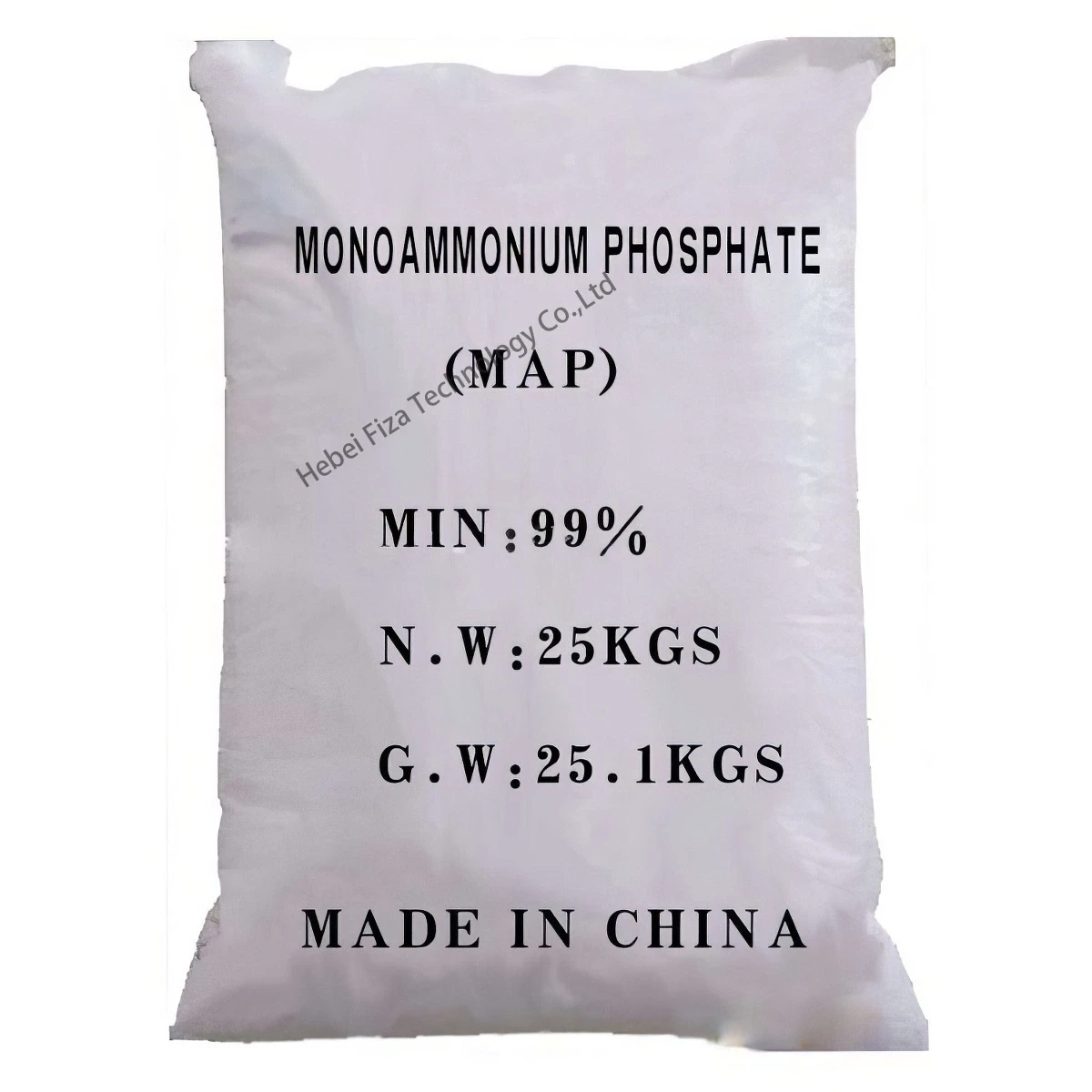



Chlorination Solutions for Maintaining Clean and Safe Swimming Pool Water
Chlorination System for Swimming Pools Ensuring Clean and Safe Water
Swimming pools are a cherished feature in many homes and recreational facilities, providing a refreshing retreat during warm months. However, ensuring the water remains clean and safe for swimmers is crucial, and this is where chlorination systems come into play. Chlorination is among the most effective methods for disinfecting pool water, killing harmful pathogens, and maintaining clear water. In this article, we will explore the importance of chlorination systems, the types available, and best practices for maintaining a safe swimming environment.
The Importance of Chlorination
Chlorination plays a vital role in swimming pool maintenance. Chlorine is a powerful disinfectant that works by breaking down organic contaminants, pollutants, and microorganisms. Without adequate chlorination, bacteria such as E. coli and viruses can thrive, posing health risks to swimmers. These pathogens can lead to various illnesses, including gastrointestinal infections and skin irritations. Thus, maintaining proper chlorine levels in pool water is essential not just for clarity but also for the safety of all users.
Types of Chlorination Systems
There are several chlorination systems available to pool owners, each with its advantages and considerations.
1. Traditional Chlorine Adding Systems This method involves manually adding chlorine, usually in the form of tablets or granules, directly to the water. Although simple, it requires regular monitoring of chlorine levels, which can lead to inconsistencies if not managed carefully.
2. Automatic Chlorinators These systems automatically dispense a controlled amount of chlorine into the pool. They can be plumbed directly into the pool’s filtration system, maintaining steady chlorine levels with minimal effort from pool owners. This option is particularly beneficial for those who wish to reduce the daily upkeep required.
3. Saltwater Chlorination Saltwater pools utilize a salt chlorine generator that converts salt to chlorine through a process called electrolysis. This method provides a more consistent level of chlorine and is gentler on the skin and eyes. Additionally, saltwater systems can reduce overall chemical costs over time, making them an attractive option for many.
4. Alternative Sanitizers While chlorine remains the most common method of pool sanitation, some pool owners opt for alternatives like bromine or UV systems. Each has its unique properties, but they may require additional upkeep or work best in conjunction with a chlorine system.
chlorination system for swimming pool

Best Practices for Chlorination Maintenance
To ensure optimal performance of your chlorination system and maintain a safe swimming environment, consider the following best practices
1. Regular Water Testing Test the chlorine levels, pH, and alkalinity in your pool at least once a week, or more frequently during peak usage times. The ideal free chlorine level should be between 1 and 3 ppm (parts per million).
2. Shock Treatment Periodically, typically once every one to two weeks, perform a shock treatment to eliminate organic contaminants and restore chlorine levels. This involves adding a higher dose of chlorine to the pool.
3. Maintain Proper pH Levels The pH level should be between 7.2 and 7.8. If the pH is too high, chlorine will become less effective. Use pH increasers or decreasers as needed to stabilize the water chemistry.
4. Regular Cleaning Skim the pool surface and clean the walls regularly to prevent debris accumulation, which can hinder chlorine effectiveness.
5. Seek Professional Help If you are uncertain about maintaining your chlorination system or diagnosing issues, it is wise to consult a pool maintenance professional.
Conclusion
Investing in a proper chlorination system is essential for any swimming pool owner. Not only does chlorination help keep the water clear and pleasant, but it also ensures the health and safety of everyone who enjoys the pool. By understanding the types of chlorination systems available and adhering to best maintenance practices, you can create a welcoming and safe aquatic environment for family and friends. Whether through traditional methods or modern innovations, maintaining the right balance of chlorine is a key investment in your swimming pleasure.
-
Why Sodium Persulfate Is Everywhere NowNewsJul.07,2025
-
Why Polyacrylamide Is in High DemandNewsJul.07,2025
-
Understanding Paint Chemicals and Their ApplicationsNewsJul.07,2025
-
Smart Use Of Mining ChemicalsNewsJul.07,2025
-
Practical Uses of Potassium MonopersulfateNewsJul.07,2025
-
Agrochemicals In Real FarmingNewsJul.07,2025
-
Sodium Chlorite Hot UsesNewsJul.01,2025










